We have a lot of different types of birds in Southwest Florida. While many of them are very beautiful, we’re especially attracted to the birds of prey, or raptors. They include ospreys, hawks (e.g., red-tailed, red-shouldered, and short-tailed), vultures (black and turkey), falcons, merlin, owls (e.g., barred and great horned), and kite (e.g., snail, swallow-tailed, and white-tailed). These are the birds that hunt and swoop down on our canal looking for lunch every day (except the vultures⏤they only eat dead stuff).
Before America entered the war, England was alone in its battle against the Nazis. The “smart” money was betting against their survival. One of the challenges Churchill faced was the German navy and in particular, the Unterseeboot, or the U-boat. How was England going to stop the wolfpacks from sinking merchant ships carrying critical supplies to the island?
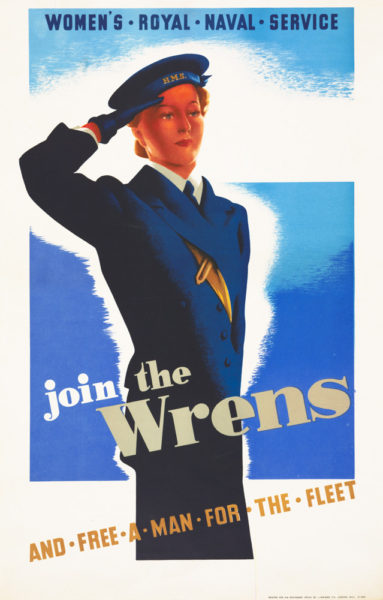
The answer was a small group of extremely intelligent women. During World War II, women played an extremely important role in winning the war against Hitler and the Nazis. They were résistants, pilots, mechanics, code breakers, factory workers, and yes, even soldiers. Some of them were birds of a different feather but in the end, the Wrens were more like raptors.
Did You Know?
Did you know that Sandy and I went on a three-week cruise to Southeast Asia in February last year (2019)? It was an eye-opening trip for us. With the exception of Singapore and Vietnam, China had a major presence in every country we visited. They owned almost all the industrial ports where we docked. China was financing, directly or indirectly, the building of thousands of apartment buildings. These were going to house Chinese workers coming to work in the new Chinese factories being built as well as new casinos. I came away from our trip convinced that one day we will all wake up one morning and find China outright owns Southeast Asia. We’re now hearing about their influence in Africa (certain African nations are complaining they can’t pay back their Chinese loans). The playbook is exactly the same as the one used in Southeast Asia. So, anytime I have the opportunity to read about what China is up to, I take the time to further educate myself.
The other day, an article was written in the British newspaper (tabloid?) The Guardian. The article, China insists Genghis Khan exhibit not use words ‘Genghis Khan,’ is about a French museum that has postponed its exhibit on the Mongol emperor. It appears China has demanded certain words such as “Genghis Khan,” “Empire,” and “Mongol” be eliminated from the exhibit. China also demanded complete control over the exhibit in terms of literature, maps, and other historical information. Essentially, China wants to rewrite history to conform to its national narrative concerning its tensions with Mongolia. Click here to read the article.
This “Cancel Culture” issue is just a small piece of the puzzle. However, it is one of the many dots we can connect with respect to China’s end game. I read about many situations like this that are reminiscent of the Nazis’ policies and tactics in the 1930s⏤an example would be the recent declaration of the Hong Kong government (i.e., Chinese government) that citizens are “invited” to snitch on their neighbors and report breaches of the national security law imposed by Beijing. Believe it or not, history really does repeat itself.
Gilbert Roberts
Gilbert Roberts (1900−1986) was a captain in the British Royal Navy. Between 1935 and 1937, Roberts studied naval war gaming and tactics used to fight naval battles. By the fall of 1937, Commander Roberts was commanding the destroyer, HMS Fearless. A year later, he contracted tuberculosis which forced Roberts to be “invalided,” or retired by the navy. The Royal Navy had been his life and he felt betrayed. The navy’s decision haunted him for the rest of his life.
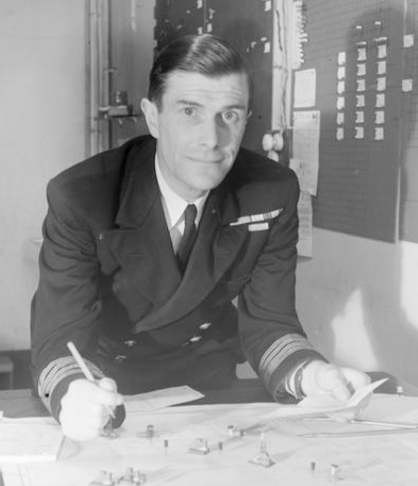
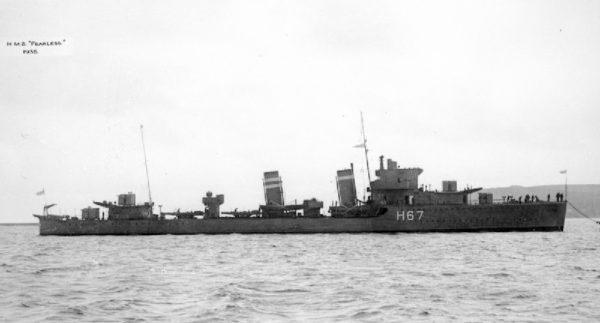
In January 1942, Roberts reported to Admiral Sir Percy Noble (1880-1955) at the Western Approaches headquarters in Liverpool. He had been reinstated in 1940 (albeit still in “retired” status) and now ordered to develop a unit to study and develop tactics to defend Allied shipping convoys. Two years later, Captain Roberts was tasked with developing the anti-submarine operations for Operation Overlord, culminating in D-Day on 6 June 1944.
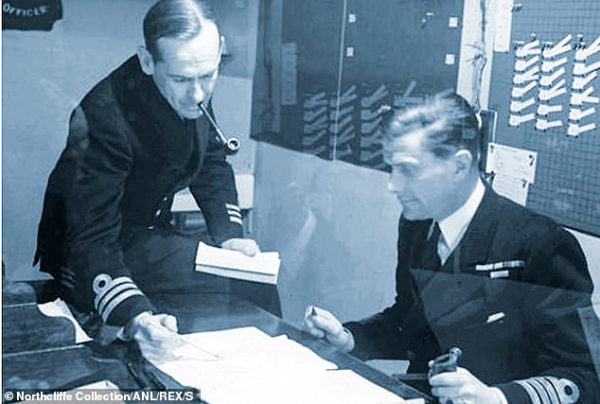
Roberts developed a reputation as a tough boss. He was arrogant, demanding, stubborn, and did not take kindly to people disagreeing with him. However, despite those traits, Roberts was well-liked and most importantly, well respected.
His photograph was prominently displayed in the German headquarters for U-boat operations. The head of the U-boat fleet and “father” of the wolfpack tactic, Admiral Karl Dönitz (1891−1980), and the German Kriegsmarine knew exactly who Gilbert Roberts was and what he was up to. Everyone associated with the U-boats were told, “This is your enemy.”
The Western Approaches Tactical Unit (WATU)
Liverpool served as one of the most important ports for Allied convoys crossing the Atlantic (three to four convoys arrived each week; 30 to 70 ships per convoy). Western Approaches Command was responsible for the safety of the ship convoys. The term “Western Approaches” referred to the sea lanes leading to the UK’s west coast and in particular, the port of Liverpool. The commander-in-chief, Adm. Noble, and his day-to-day operations were moved from Plymouth to Liverpool in 1941. Noble was replaced by Adm. Max Horton in November 1942.
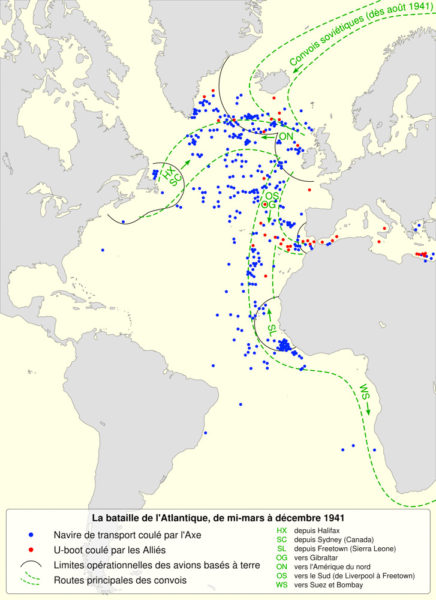
By autumn of 1941, the German U-boats operating in their “wolfpacks” were sinking an alarming number of British ships carrying food, fuel, and building materials (110 merchant ships were sunk in the first four months of the war; 1,300 merchant ships were sunk in 1941 while only twelve U-boats were destroyed). By January 1940, England was rationing food products such as tea, meat, jam, cheese, eggs, and milk. On 1 August, Hitler authorized a total blockade of Great Britain with orders to attack ships without any warning⏤in violation of the international shipping law and a previous agreement signed by Germany prohibiting unrestricted use of submarines. King George VI was worried his country was at risk of starving and ultimately, forced into surrendering to Hitler. Winston Churchill wrote that the threat of the U-boats was the only thing that really frightened him.
Working together, the Royal Navy and Royal Air Force (RAF) carried out their mission to win the Battle of the Atlantic in the huge bomb and gas-proof basement of Liverpool’s Derby House (nicknamed the “Citadel”). The top-floor ceiling was seven feet thick to protect against German bombs. Floor-to-ceiling maps dominated the interior. The main task at the Derby House was to track the convoys and German naval forces, particularly the submarine wolfpacks that caused so much damage to Allied shipping.
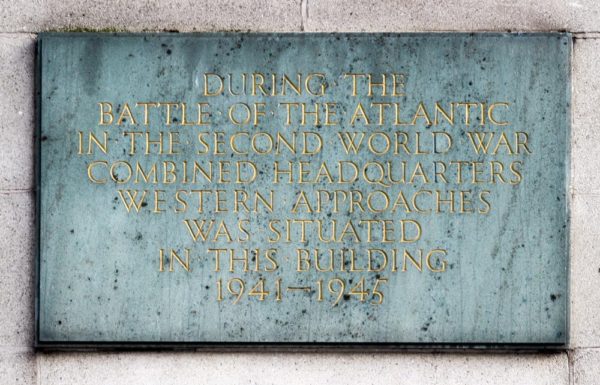

Reporting to Western Approaches Command, the Western Approaches Tactical Unit (WATU) was created by Captain Gilbert Roberts in 1942. Its mission was to determine why the German U-boats were sinking so many Allied ships with relatively little damage to themselves. The WATU was also ordered to develop new tactics to counter the submarine attacks on the trans-Atlantic shipping convoys and train Allied naval officers on anti-U-boat tactics. WATU headquarters was in Liverpool, England on the top floor of the Derby House. Eight rooms were allocated to Roberts and his staff.
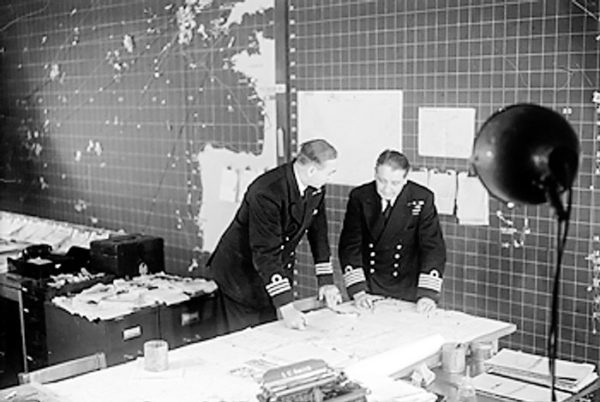
Click here to watch a video clip on WATU.
Click here to watch a video clip Fighting U-Boats with Wrens.
Women’s Royal Naval Service
The Women’s Royal Naval Service (a.k.a. WRNS or Wrens) was the women’s branch of the British Royal Navy. It was formed in 1917 during World War I. Two years later, the service was disbanded but in 1939, re-formed due to the onset of World War II. By 1993, the WRNS was fully integrated into the Royal Navy.
During World War II, the director of the WRNS was Vera Laughton Mathews (1888−1959). Mathews commanded 75,000 active service women at the peak of the war (1944). The Wrens held jobs such as flying transport planes, mechanical services on armaments, wireless, radar plotters, air mechanics, decoding (e.g., Bletchley Park), and as we’ll see, strategic war games. At first, there was opposition but as the women proved themselves worthy, opposition faded, and the Wrens were given greater responsibilities.
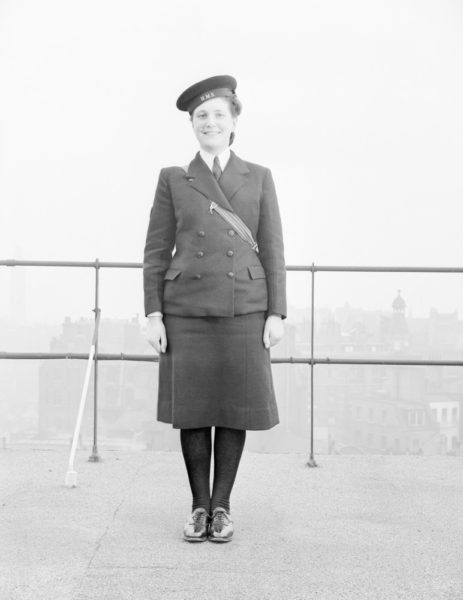
Sixty-six women served at the WATU between 1942 and 1945. The women ranged in age from seventeen (June Duncan) to twenty-one (Jean Laidlaw). There were ten Wrens who were acknowledged by Roberts as key contributors. They included Laura Janet Howes (1920−2000), Elizabeth Drake, Nancy Wales, Jean Laidlaw, and Janet Okell (1922−2005).
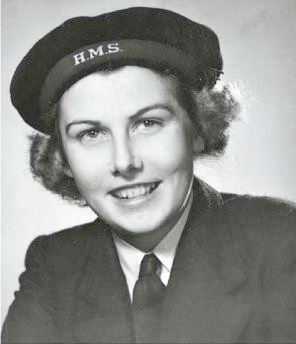
Click here to watch a video on the Wrens.
Battleship War Games
Roberts and his Wrens created a battleship-like game that used real-time data (supplied by Bletchley Park), battle reports, board game simulations, and information from the Enigma machine. Most of the British merchant or escort ships were not equipped with sonar and naval command was baffled at how a ship in the center of the convoy could be torpedoed, sunk, and the U-boat disappears.
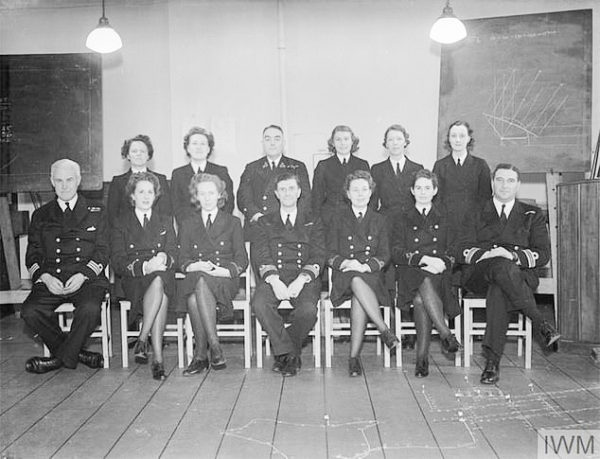
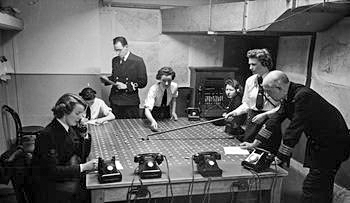
The gymnasium-sized room assigned to WATU had brown linoleum for its floor. It was painted with grid lines with each line spaced ten inches apart⏤representing one nautical mile. The floor was the “ocean” and model ships (and U-boats) were moved around by Wren plotters. Circling the ocean were white sheets of canvas screens. Each canvas sheet had a peephole cut into it so when a player looked at the ocean through it, they saw the equivalent of a five-mile view with ships.
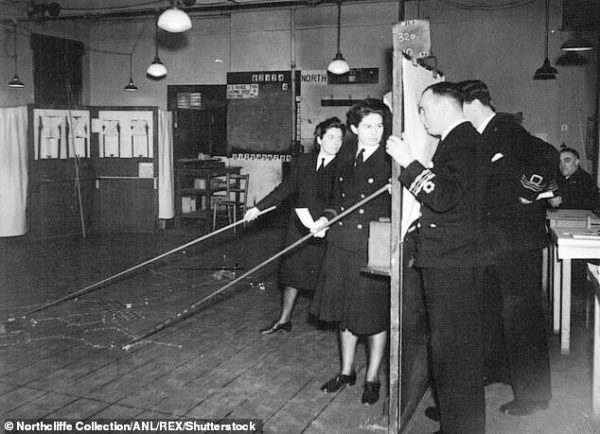
Roberts divided his Wrens into two teams: escort ship captains (standing behind the sheets) and U-boat captains (they had an unobstructed view of the entire ocean). Each side took turns making their moves of maneuvering, dropping depth charges, or diving below the surface. The progress of the U-boats was marked by green chalk on the floor which the players behind the canvas sheets could not see. The escort ships’ progress was marked by white chalk which was fully visible to the escort ship captains viewing through the peep hole. Each side was given two minutes to make individual decisions. The written order was given to a Wren plotter who then moved the ships or submarines. Along with the orders, the plotters were given specific performance statistics of the ships and submarines: range of torpedoes, ship speeds, turn speeds, capabilities of sonar, and night visibility to name a few⏤the consequences of the order were affected by these performance variables. At the end of the game, everyone sat down and analyzed the moves over and over and over.
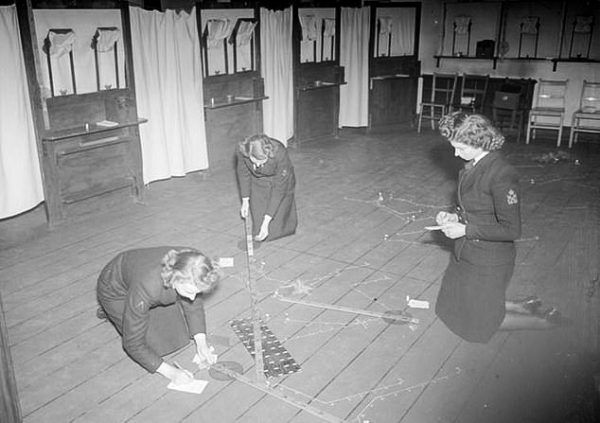
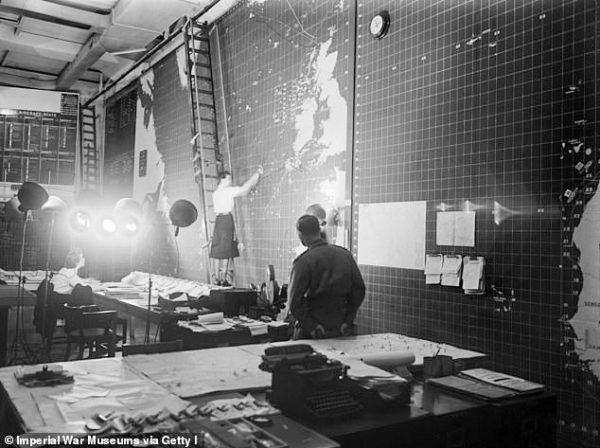
One of the first wargames was testing how a U-boat could sneak into a convoy, sink the ship in the center, and then escape undetected. After many simulated games, it was determined only one tactic worked for the Germans: the U-boat came in from astern on the surface (i.e., from behind the ship) during the night when it was hard for lookouts to spot them. If sonar was available, the surfaced U-boat was indistinguishable from the convoy ships at that point. The submarine would fire its torpedoes on the center ship and then immediately submerge and leave the way they came in albeit underwater. The Wrens came up with the tactic to have the escort ships immediately position themselves at the rear and on the flanks of the convoy. They would then seek out the U-boat. At the same time, designated escort ships would lead the convoy from the front in a zig-zag pattern. Jean Laidlaw named this tactic, Raspberry, as in “blowing a raspberry at Hitler.” Naval command was convinced, and the ensuing results were immediately successful. German U-boats began to sink on a regular basis. The Raspberry tactic became standard operating procedure for escort ship captains.
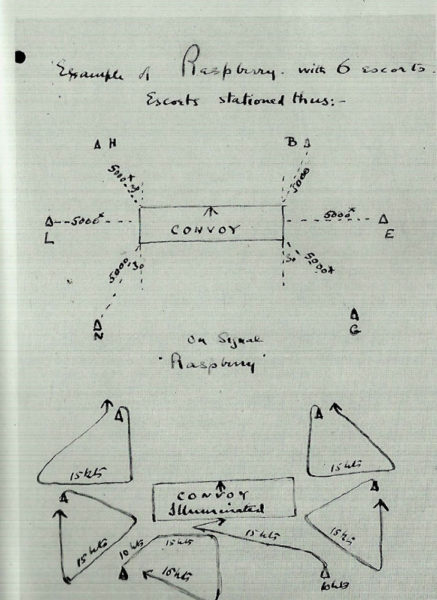
If the Germans figured out how their U-boats were being sunk, Roberts and the Wrens came up with another tactic. This time, the Pineapple tactic tricked the U-boats into thinking it was in immediate danger of being sunk with the result the submarine would leave the area. If a U-boat was sighted by an escort ship, the Beta Search tactic was employed. WATU wargames predicted a certain reaction by the U-boat captain if the escort ship proceeded in a certain manner. The kill rate was almost one hundred percent. This tactic was developed by Roberts and Laidlaw. The Step-Aside tactic was employed against U-boats with acoustic torpedoes.
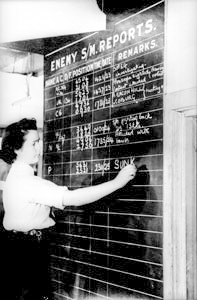
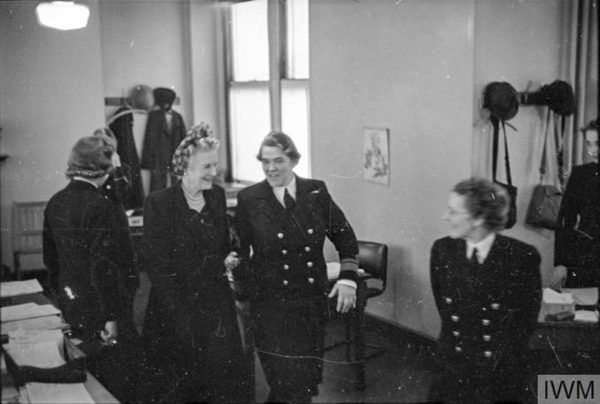
Click here to watch a video clip on War Battle Games.
The Atlantic Battle
By April 1943, U-boat losses were significant while Allied shipping casualties were minimal. The following month, thirty-four U-boats in the North Atlantic were sunk. This prompted Adm. Dönitz to order the U-boats to leave the North Atlantic. He admitted the Germans had lost the Battle of the Atlantic.
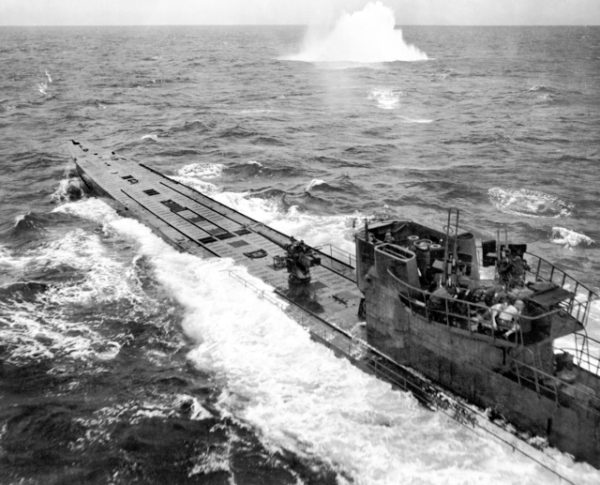
Roberts, the Wrens, and the WATU had beaten the Nazis. The WATU continued developing anti-submarine tactics during the latter part of the war. It was responsible for training more than 5,000 naval officers in submarine warfare including King George VI’s future son-in-law, Prince Philip.
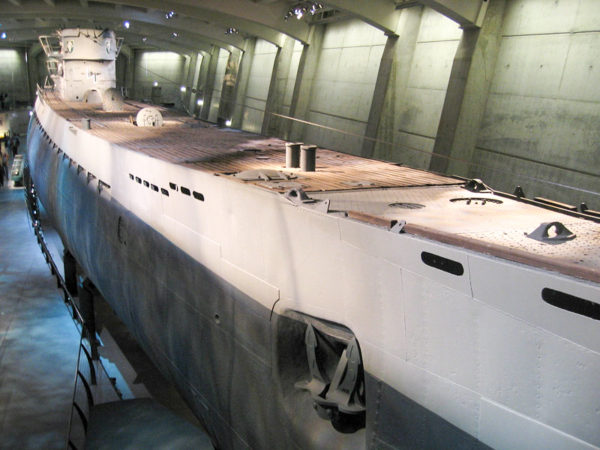
Epilogue
On 4 January 1965, Gilbert Roberts received a letter informing him that he was to be knighted for his work during the war. Roberts, who had been dismissed by the Royal Navy in 1937, felt some vindication. The next day, the pending honor was retracted in a phone call to Roberts. No explanation was given. He died a bitter man.
The Wrens were honor bound not to discuss their wartime work (I suspect they all signed the Official Secrets Act). Most never even told their husbands about their contributions. Today, the Official Secrets Act has expired, former classified documents have become declassified, and the whole story about Roberts and the Wrens has been captured by Simon Parkin in his book, A Game of Birds and Wolves.
I promise to take you birdwatching again. One day, I’ll introduce you to another group of birds that influenced the war . . . the Canaries. Seriously.
Battleship
Many of us have played the boardgame, Battleship, at time or another. It was originally designed in the 1930s as a pad-and-pencil game. The toy company, Milton Bradley (later named MB Games), came out with the first board version in 1943. It was called Broadsides: The Game of Naval Strategy. The name was shortened in 1967 to “Battleship.”
✭ ✭ ★ Learn More About The Wrens ✭ ★ ★
Parkin, Simon. A Game of Birds and Wolves. New York: Little, Brown and Company, 2020.
Liverpool War Museum
Western Approaches
1-3 Rumford St., Liverpool
Click here to visit the museum web-site.
The basement bunker and other parts of the Western Approaches headquarters have been restored. It is one of the more popular sites to visit in historic Liverpool.
Steven Spielberg and DreamWorks have optioned the rights to produce a movie based on this story.
Disclaimer:
There may be a chance that after we publish this particular blog, the video links associated with the blog are no longer accessible. We have no control over this. Many times, whoever posts the video has done so without the consent of the video’s owner. In some cases, it is likely that the content is deemed unsuitable by YouTube. We apologize if you have tried to access the link and you don’t get the expected results.
What’s New With Sandy and Stew?
We are still on course to publish the new book, Where Did They Put the Gestapo Headquarters? A Walking Tour of Nazi Occupied Paris, before the end of the year. The formal editing process has been completed by Carol and the manuscript is with Betsy and Jeanne for proof reading. Tom has told me the maps will be ready in a week. Roy is standing by to put it all together. The only remaining task is to pick out the images.
I’d like to thank those of you who have read sections of the book. The feedback has been wonderful.
Thank you to all of you who subscribe to our bi-weekly blogs. It seems there isn’t a day that goes by where we don’t increase our readership. Please let your history buff friends and family members know about our blogs.
Someone Is Commenting On Our Blogs
I’d like to thank M.J. Rose for reaching out to me about a month ago. She is a prolific and best-selling author and asked whether I would be interested in doing some research for her next book (Sandy really likes her writing style). I jumped on that immediately and told her I’d be honored to assist. Click here to see her published books.
I hope she gets back to me.
If there is a topic you’d like to see a blog written about, please don’t hesitate to contact me. I love hearing from you so keep those comments coming.
Why Would You Want to Buy Our Walking Through History Books?
Simple.
You like to travel and experience history and historical events. You like to see original buildings that had a significant impact on the people and events of the history you’re engaged with. You want to know the stories behind the brick and mortar in front of you.
The walking tour books are meticulously researched so you can go directly to those sites and learn about the building’s history as well as an introduction to some of the more interesting people associated with it.
We Need Your Help
Please tell your friends about our blog site and encourage them to visit and subscribe. Sandy and I are trying to increase our audience and we need your help through your friends and social media followers.
Thank You
Sandy and I appreciate you visiting with us. We have some exciting things on the horizon, and we’ll keep you updated as we go along.
Share This:
Follow Stew:
Find Stew’s books on Amazon and iBooks.
Please note that we do not and will not take compensation from individuals or companies mentioned or promoted in the blogs.
 Walks Through History
Walks Through History
Copyright ©2020 Stew Ross

